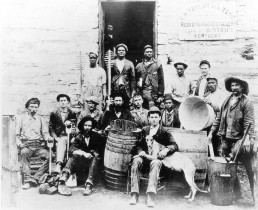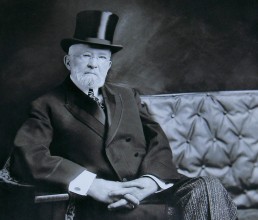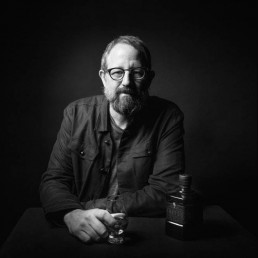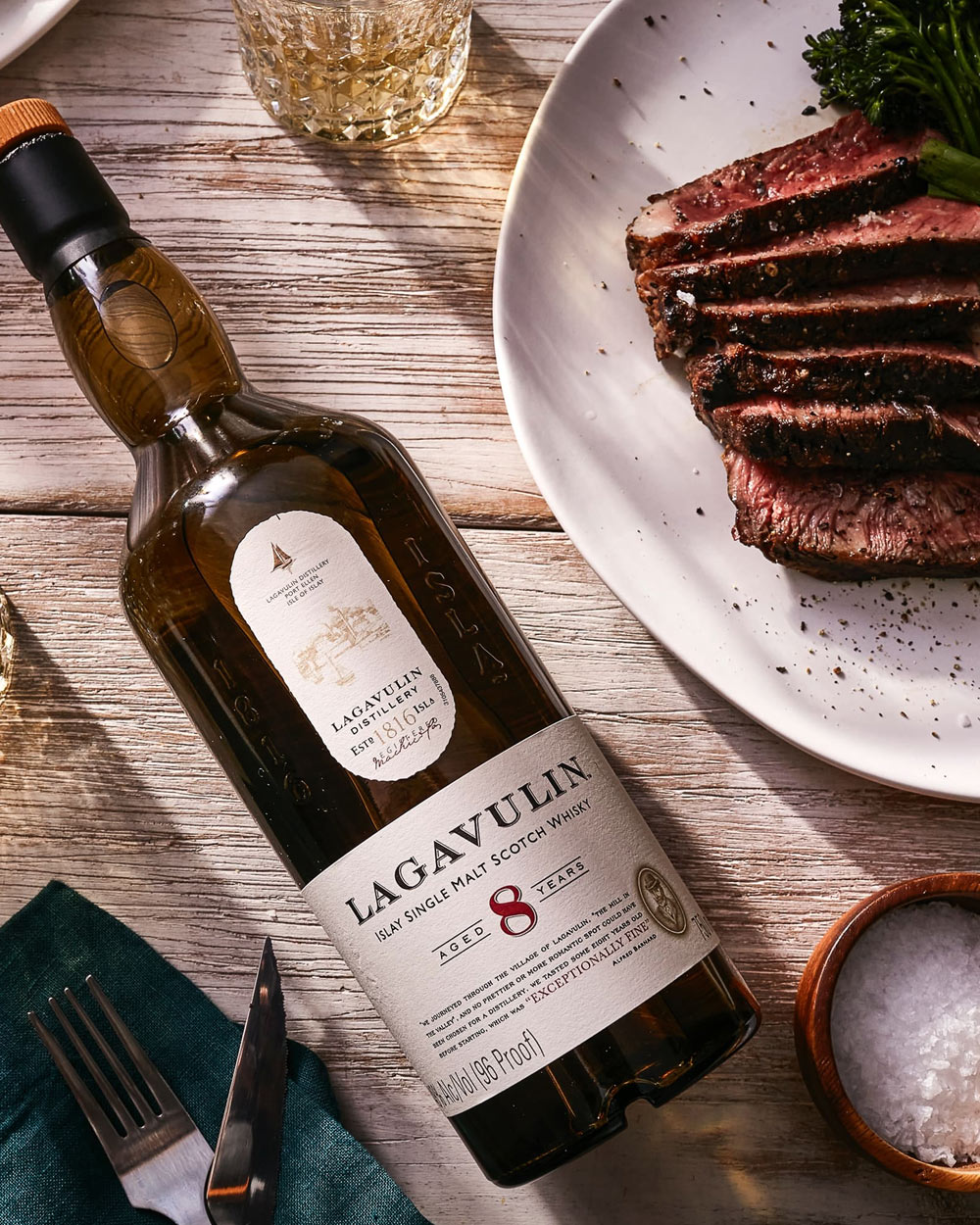Here’s an excerpt from Barleycorn Drinks Editor John McCarthy’s latest book, Whiskey Rebels, The Dreamers, Visionaries, & Badasses Who Are Revolutionizing American Whiskey. Inside these pages McCarthy takes a deep dive into the emergence of the craft revolution that is currently reshaping America’s whiskey landscape, told through the lens of the people who made it happen. Stranahan’s Founder Jess Graber, Westward Whiskey’s Christian Krogstad, and Corsair’s Andrew Weber are just a few of the pioneering distillers featured in the work. Below is Part I of a four part series, which is packed with history leading up to where the American whiskey scene sits today.
The emergence of the American craft whiskey movement in the early 21st century reminds me of the Seattle rock music scene’s ascent in the early 1990s.
Seemingly out of nowhere came a raw sound from the Pacific Northwest that sounded both familiar and fresh at the same time. What became known as grunge was just a bit more polished than punk, but less fussy than the “hair metal” scene that had been in decline since its peak in the ’80s. Seattle bands were playing empty dive bars and basements while slowly building a following. Over time, their fan base began to expand, and Los Angeles record companies came courting. Nirvana was the first to sign to a major label, and Soundgarden, Pearl Jam, and Alice in Chains followed soon after. While Kurt Cobain, Chris Cornell, Eddie Vedder, Layne Staley, and their respective groups were doing world tours, the local bands who either didn’t score or didn’t want a major label deal often remained beloved local “cult” bands who never “sold out.” The signed bands amassed a national audience and became brand ambassadors for emerging bands around the country, empowering them to find their own sound and build an audience the grassroots way. Suddenly, eclectic hard rock bands from all around the nation were on the scene and a new chapter in American music was in the books.
The entrepreneurs who shaped the American craft whiskey scene in the early 21st century are like the Seattle bands of the ’90s. The most ambitious of these early craft pioneers weren’t interested in imitating what the big-box producers in Kentucky, Tennessee, and Indiana were doing. These guys were searching for their own sound. When these bold entrepreneurs first came to market, they met skeptics at every turn—they were routinely savaged by critics, stalled by state regulators, and ignored by distributors. But this scrappy community stood strong, pushed through, and got better. Those who persevered began to see their hard labor pay off. First one, then another American “craft” whiskey was acquired by a large company. Distillers that were local heroes suddenly found a national audience. Some became millionaires. Like rock stars, distillers found themselves on world tours promoting their soon-to-be-famous brands. Others chose not to sell. Most were never asked. Sadly, some have perished. But like the pioneers of the Seattle sound, successful start-up brands like Hudson, FEW, and Stranahan’s have inspired hundreds of entrepreneurs from all walks of life to make whiskey.
At first, many predicted that this craft movement was more of a moment, a passing trend riding the coattails of bourbon’s renaissance. But this new chapter in American whiskey is here to stay. Today’s youth will be met with a much richer tapestry of whiskeys when they first step into a bar than anything older generations encountered. American whiskey is no longer a prod- uct of three states; it’s a national revolution. This book focuses on several of the pioneers who made this movement happen—but first, a little history.
A Brief US Whiskey History

In 1920, Prohibition kneecapped the legal alcohol industry.
When Thomas Jefferson abolished the “whiskey tax” in 1802, it kicked off a whiskey boom in the United States rooted in agriculture and tradition. Back then, farmers were often also distillers who converted leftover grains into whiskey, or fruit into eau-de-vie or brandy, to be sold, bartered, or consumed. By mid-century, the whiskey business had transformed into an industrial monster, overrun by shady industrial rectifiers who were far more concerned with profit than quality. In fact, much of the commercial booze at the time was downright hazardous to consume. While cheap rotgut was dominating the market, there were some respectable distillers making quality whiskey. One such distiller was Colonel E.H. Taylor.
After the Civil War, Taylor purchased a mom-and-pop distillery on the banks of the Kentucky River and renamed it the OFC (Old Fire Copper Distillery). Taylor put his heart into transforming his humble distillery into a state-of-the-art facility where he could produce quality whiskey. Always the visionary, he installed pricey copper fermentation tanks, steam-powered column stills, and a steam heated warehouse in an attempt to speed up the aging process. Taylor was a marketing mastermind, but poor business decisions and a ballooning debt forced him to sell a majority of the company to wholesaler George T. Stagg in 1878. Taylor remained at the distillery as an employee for seven years before cashing out. In the separation deal, Taylor obtained the title to the J. Swigert Taylor Distillery, a small facility in nearby Woodford County that had been purchased by Stagg and Taylor in 1882. The first order of business was to establish E.H. Taylor, Jr. and Sons Co. and rename the distillery “Old Taylor.”
During this time, Taylor and like-minded cohort James E. Pepper petitioned the federal government to separate their “honest bourbon” from the “imitation whiskey,” as Taylor called it, being pumped out by rectifiers. The result was the Bottled-in-Bond Act of 1897. This act decreed that by federal law, whiskey labeled “Bottled-in-Bond” had to abide by a set of rules called Standards of Identity. These rules were designed to protect consumers by guaranteeing the whiskey labeled as such met the prescribed guidelines. (These regulations were a precursor to the Pure Food and Drug Act of 1906, as well as the Food and Drug Administration.) To incentivize bonded bourbon, the act allowed distilleries to suspend payment of excise tax on maturing whiskey until the juice was bottled.

It took a few decades after the repeal of the 18th Amendment on December 5, 1933, for the American whiskey trade to return to its days of glory. During World War II, many distilleries used ethanol for fuel rather than for drinking, so at the war’s conclusion, whiskey was in short supply. The rye market that spanned the entire Mid-Atlantic region never revived (decades later, that is finally changing). With America’s entry into the Korean War in 1950, bigger companies like Schenley purposely over-produced to avoid another whiskey shortage. But the conflict didn’t have the same impact on the United States as WWII, and when the Korean War ended in 1953, distillers were sitting on a whiskey glut. Bourbon sat in barrels longer, and as these older stocks were released, drinkers developed a taste for extra-aged bourbon. American whiskey rode a new wave of popularity that lasted through the 1960s. By the ’70s, however, bourbon and other amber spirits had begun a decades-long freefall, as a shift in trends toward neutral spirits like vodka and rum decimated the industry.
Bourbon’s slow and laborious ascent back into relevance began in the ‘80s, when the depressed industry started marketing “high end” bourbon. Elmer T. Lee, master distiller of William T. Stagg (today’s Buffalo Trace), released Blanton’s, the first single-barrel bourbon, in 1984. The following year, Maker’s Mark trademarked the dripping tendrils of their hand-dipped red wax bottles, driving home the home-spun feel of the brand that has always marketed itself as upscale. The next decade saw Jim Beam’s Small Batch Collection: Booker’s (barrel strength), Baker’s (107 proof single barrel), Basil Hayden’s (high rye mash bill), and Knob Creek (extra aged).

The Kentucky Department of Tourism and the Kentucky Distillers’ Association took a page from California’s wine country by founding the Bourbon Trail in 1999 to promote tourism. In the global market, key trade agreements between the United States and the European Union led to zero-for-zero tariff deals on exports including spirits, giving American whiskey competitive legs abroad.
The ’90s also saw the emergence of the collectors’ single malt Scotch market. Pricey whiskeys were marketed toward the American consumer as rare artifacts, manufactured in tiny batches by someone’s kilted grandpa next to a picturesque glen. They carry the names of the distilleries where they are produced, and their provenance is both genuine and immensely important to the brands. Meanwhile, the American whiskey industry was watching Scotland closely and following suit. Consumers developed a desire for artisanal, small-batch American whiskey, and entrepreneurs started to question why they couldn’t provide it.
See you next week for more Whiskey Rebels. Or click below to purchase your copy, signed and personalized by the author.
John McCarthy is a spirit, travel, and lifestyle journalist, managing editor, and author of The Modern Gentleman and Whiskey Rebels. McCarthy is also Director of Judging for the John Barleycorn International Spirits Competition and editor of Barleycorn Drinks.


